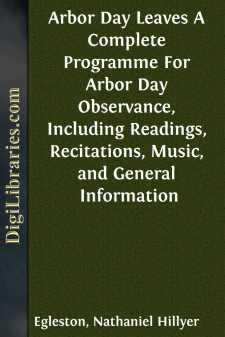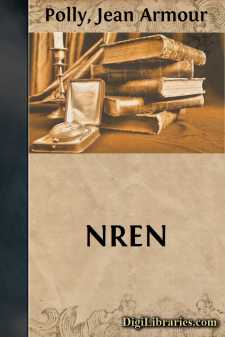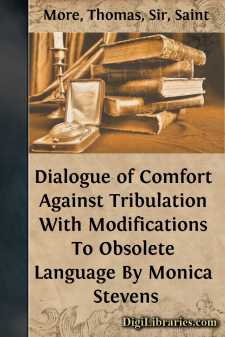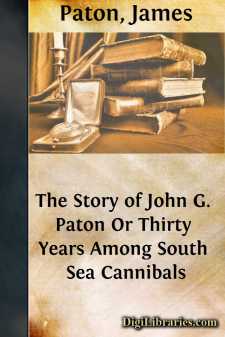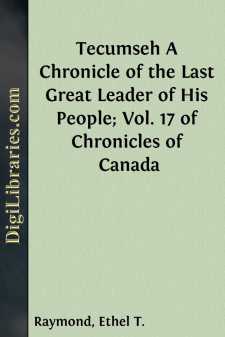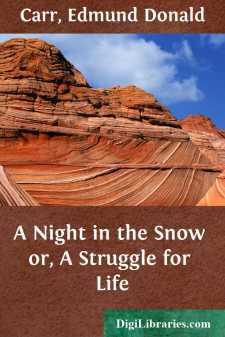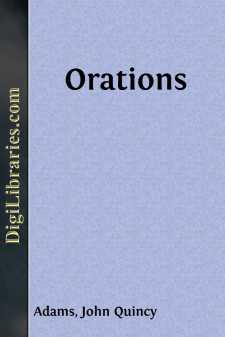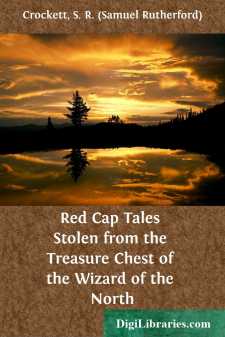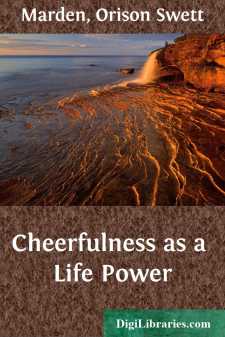Non-Classifiable
- Non-Classifiable 1768
Non-Classifiable Books
Sort by:
INTRODUCTION. In preparing the second number of our manual for Arbor Day, we have endeavored to keep in mind the fact that Arbor Day was originally designed not as a mere festival or holiday, a pleasant occasion for children or adults, but to encourage the planting of trees for a serious purpose—the lasting benefit of the country in all its interests. As the poet Whittier has so well said, "The...
more...
When Senator Al Gore was evangelizing support for his visionary National Research and Education Network bill, he often pointed to the many benefits of a high-speed, multi-lane, multi-level data superhighway. Some of these included: — collaborating research teams, physically distant from each other, working on shared projects via high speed computer networks. Some of these "grand challenges"...
more...
BOOK ONE VINCENT: Who would have thought, O my good uncle, a few years past, that those in this country who would visit their friends lying in disease and sickness would come, as I do now, to seek and fetch comfort of them? Or who would have thought that in giving comfort to them they would use the way that I may well use to you? For albeit that the priests and friars be wont to call upon sick men to...
more...
by:
James Paton
CHAPTER I. OUR COTTAGE HOME. MY early days were all spent in the beautiful county of Dumfries, which Scotch folks call the Queen of the South. There, in a small cottage, on the farm of Braehead, in the parish of Kirkmahoe, I was born on the 24th May, 1824. My father, James Paton, was a stocking manufacturer in a small way; and he and his young wife, Janet Jardine Rogerson, lived on terms of warm...
more...
Many pens have been burnished this year of grace for the purpose of celebrating with befitting honour the second centenary of the birth of Henry Fielding; but it is more than doubtful if, when the right date occurs in March 1921, anything like the same alacrity will be shown to commemorate one who was for many years, and by such judges as Scott, Hazlitt, and Charles Dickens, considered Fielding's...
more...
by:
Ethel T. Raymond
THE BOYHOOD OF TECUMSEH Three Indian figures stand out in bold relief on the background of Canadian history—the figures of Pontiac, Brant, and Tecumseh. The Ottawa chief Pontiac was the friend of the French, and, when the French suffered defeat, he plotted and fought to drive the English from the Indian country. Brant, the Mohawk, took the king's side against the Americans in the War of...
more...
A NIGHT IN THE SNOW. The mountains of South-West Shropshire are less known to the lovers of fine scenery than their great beauty deserves, though they are familiar to most geologists as the typical region of the lowest fossil-bearing deposits. Of this group of hills the highest is the Long Mynd, a mountain district of very remarkable character, and many miles in extent. It is about ten miles long,...
more...
Would it be an unlicensed trespass of the imagination to conceive that on the night preceding the day of which you now commemorate the fiftieth anniversary—on the night preceding that thirtieth of April, 1789, when from the balcony of your city hall the chancellor of the State of New York administered to George Washington the solemn oath faithfully to execute the office of President of the United...
more...
CERTAIN SMALL PHARAOHS THAT KNEW NOT JOSEPH It was all Sweetheart's fault, and this is how it came about. She and I were at Dryburgh Abbey, sitting quietly on a rustic seat, and looking toward the aisle in which slept the Great Dead. The long expected had happened, and we had made pilgrimage to our Mecca. Yet, in spite of the still beauty of the June day, I could see that a shadow lay upon our...
more...
CHEERFULNESS AS A LIFE POWER. I. WHAT VANDERBILT PAID FOR TWELVE LAUGHS. William K. Vanderbilt, when he last visited Constantinople, one day invited Coquelin the elder, so celebrated for his powers as a mimic, who happened to be in the city at the time, to give a private recital on board his yacht, lying in the Bosphorus. Coquelin spoke three of his monologues. A few days afterwards Coquelin received...
more...


